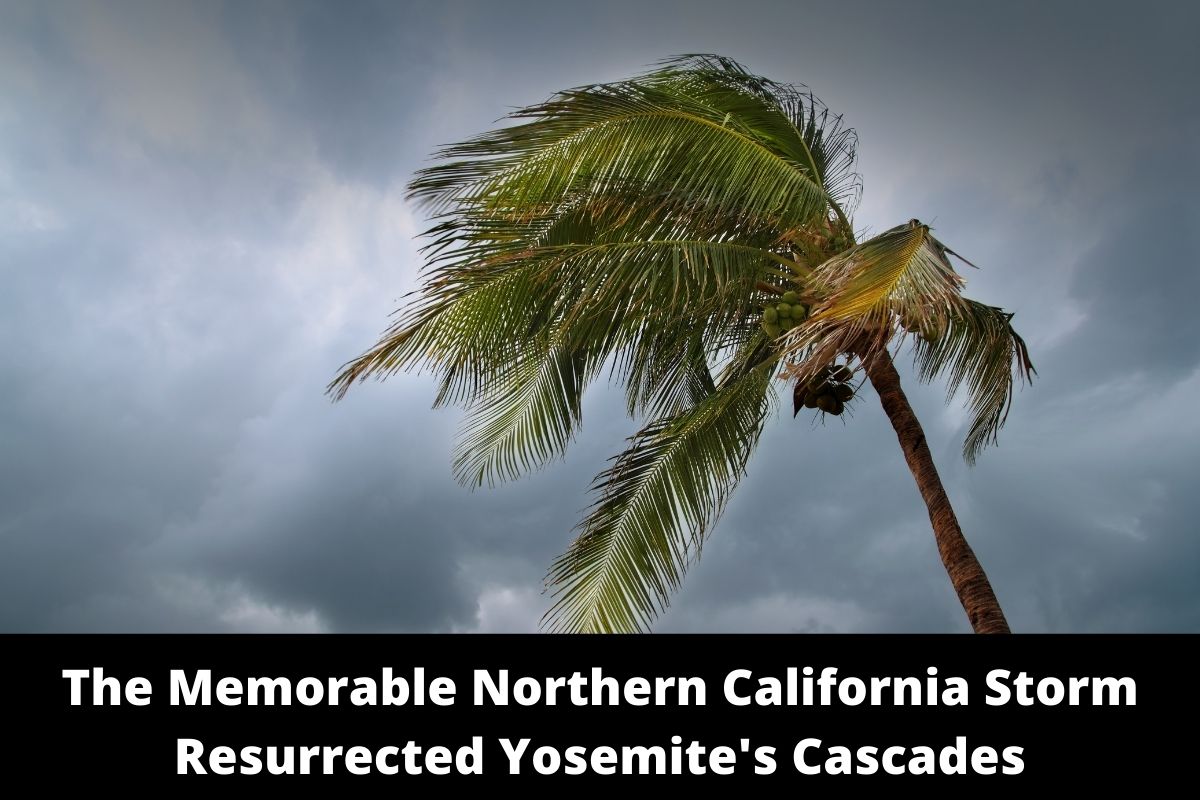This Sunday was the wettest October day in midtown San Francisco since records started, as the storm dropped more than 4 crawls of downpour on the city. In the North Bay, Mount Tamalpais got doused with a faltering 16.55 inches.
The “bomb typhoon” otherwise known as “climatic stream” otherwise known as super dry season smasher soaked the Bay Area, yet in addition carried life to the dry cascades of Yosemite and snow to the Sierra, bringing about some dazzling symbolism.
This recording shared on Twitter by client TerraNovaSierra shows the water slamming down again at the notorious 2,425-foot cascade in Yosemite Valley.
Yosemite Falls roars back to life! #CAwx pic.twitter.com/OlD4BsYp4A
— TerraNovaSierra (@TerraNovaSierra) October 25, 2021
Read More-Bomb Cyclone: West Coast Weather Phenomenon Explained!!
Around 7 crawls of downpour fell across Yosemite National Park over Sunday and Monday. Here is a prior and then afterward shot of the cascade, taken on Oct. 22 and again on Monday.
The snow gave Half Dome an early full winter coat, leaving it fresh and white as the blue skies returned after the weighty snowfall on Sunday and Monday.
Somewhere else in the Sierra, the tempest dropped an astounding 29 creeps of snow on the Donner Pass, growling up traffic and shutting schools.
The impact of the tempest on the state can most significantly be seen from the skies. This tweet from the National Weather Service shows the difference between the two satellites. “What a distinction an AR makes,” the organization composed, alluding to the climatic waterway.
Past resurrecting the valley’s cascades and snow to the pinnacles, 100 miles north the tempest additionally raised Lake Tahoe’s water level back over its normal edge, after a long, dry summer.
Read More-COVID-19 And Climate Change – World Leaders’ Focus On Their Return To UN.

Leave a Reply